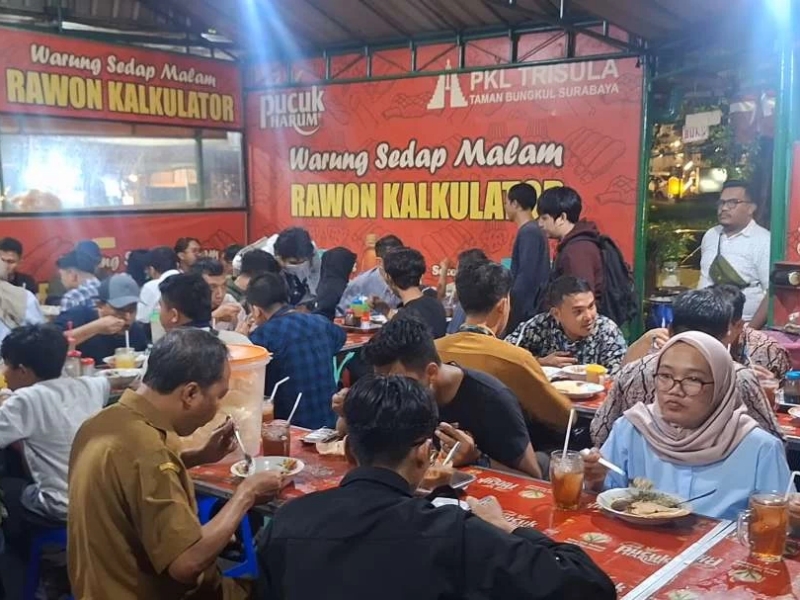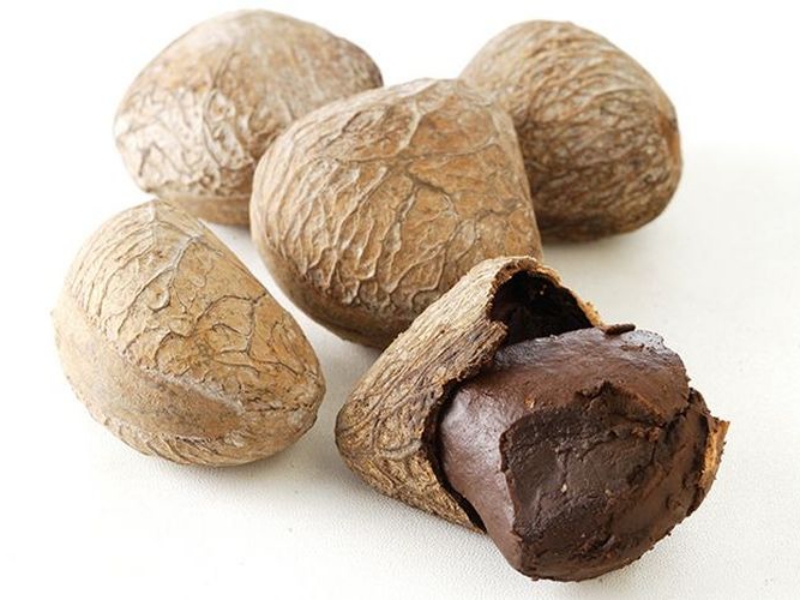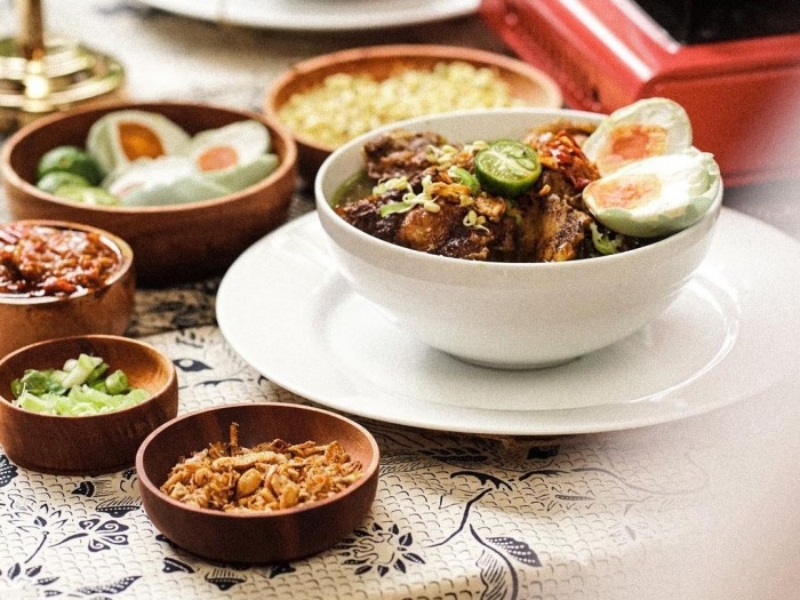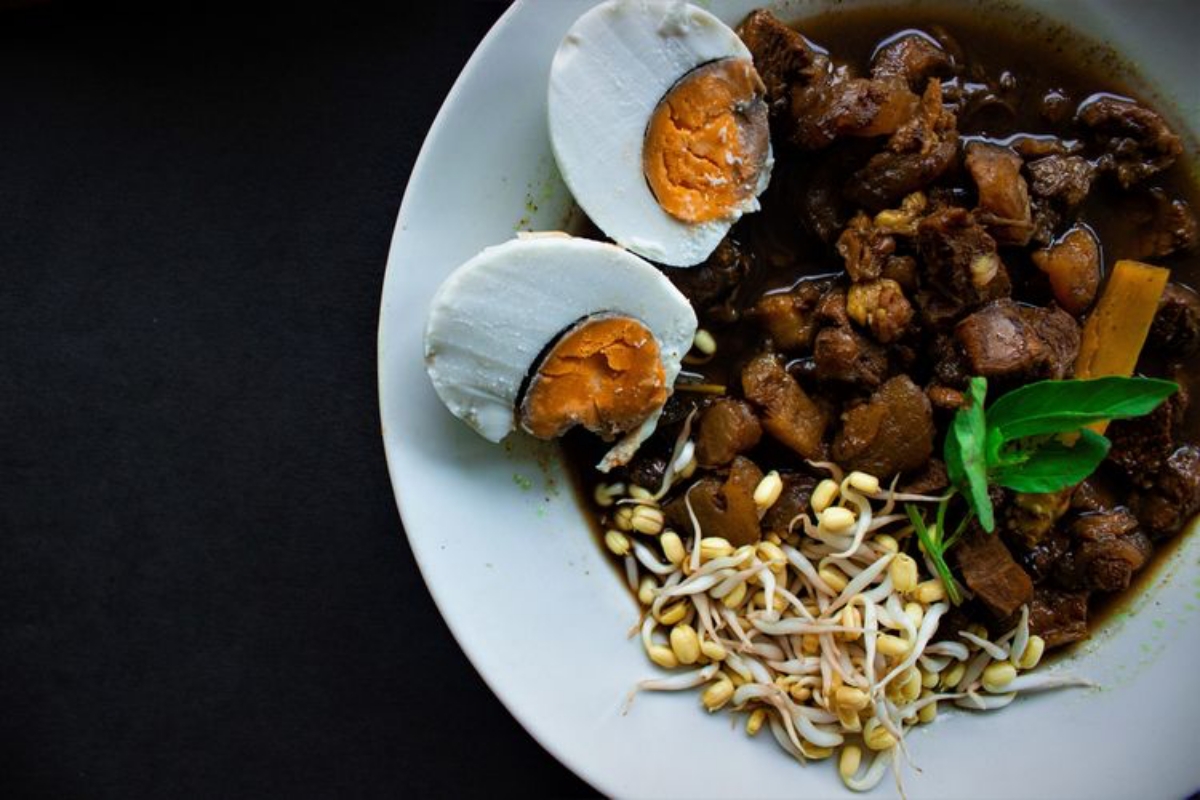Rawon, a traditional East Javanese dish, has been ranked the world's best soup in 2024 by TasteAtlas, surpassing well-known favorites like Japan’s ramen and Thailand’s tom kha gai. This rich black-broth dish, with roots dating back to 902 AD, has long been a staple of Indonesian cuisine. What is it about Rawon that has captured global attention and earned it this prestigious title?
Delving into Rawon as the Distinctive Dish of East Java

An Ancient Recipe, Infused with Flavor
Historically, Rawon was a dish reserved for royalty, originally prepared for special occasions in the Majapahit Kingdom. It was often served to nobles and the royal family, with buffalo meat being the main ingredient due to its abundance at the time. As the dish spread among the wider population of East Java, particularly in Surabaya, buffalo meat became less accessible, and beef took its place as the primary protein. The slow-cooking method used ensures that the meat is tender and the flavors are deeply infused into the broth.
Rawon is instantly recognizable by its dark, rich broth, which owes its color and distinct taste to "kluwek", a type of black nut. This nut is ground into a paste and added to the soup, giving it an earthy flavor often compared to chocolate and coffee. Combined with beef shank or ribs, the dish is seasoned with a blend of spices like garlic, ginger, turmeric, and lemongrass, creating a flavorful and aromatic experience.

From Swampy Hues to Global Plates
Culturally, Rawon holds deep significance in East Java, often served during special occasions, family gatherings, and religious events. Its preparation, which requires patience and careful attention, represents the region’s dedication to preserving culinary traditions passed down through generations. More than just a popular dish, Rawon highlights Javanese heritage and contributes to the global awareness of Indonesia’s diverse culinary traditions.
The name "Rawon" is derived from the Javanese word "rawa", meaning "swamp", a nod to the dish’s deep, dark color. Traditionally served with rice, it’s often accompanied by condiments like fried tempeh, salted duck egg, bean sprouts, shrimp crackers, and sambal for those who want extra spice. This combination of tender beef, rich broth, and flavorful accompaniments makes Rawon a beloved staple of East Javanese cuisine.

In modern times, Rawon has expanded far beyond East Java, gaining popularity across Indonesia. Whether found in local warungs or upscale restaurants, its distinctive black broth and rich flavors have captivated people nationwide. The dish has also attracted international attention, with tourists and food enthusiasts alike discovering its unique appeal. As Rawon continues to gain recognition, it stands as a reflection of both Javanese culinary identity and Indonesia’s diverse food culture.




 Alicia Putri
Alicia Putri
 Oct 16, 2024
Oct 16, 2024